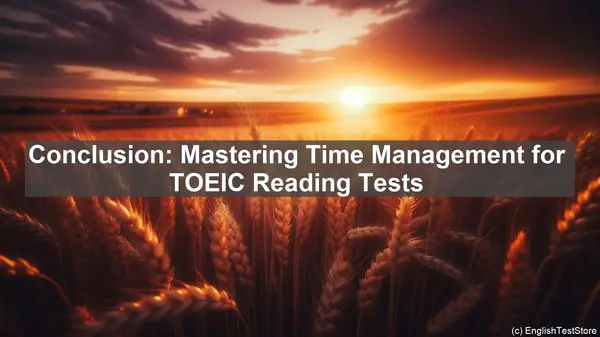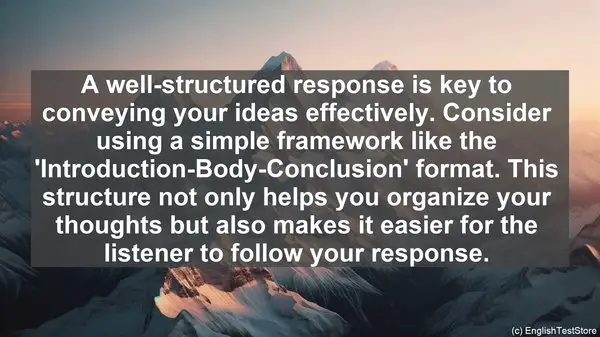Introduction: The Importance of TOEIC Reading
Welcome to our channel. Today, we’re diving into the world of TOEIC reading. Many students find this section challenging, but with the right approach, it can be conquered. The reading section not only tests your comprehension but also your ability to analyze business and finance-related texts. These skills are crucial in the professional world. So, let’s get started!
1. Start with Familiar Topics
When beginning your TOEIC reading practice, choose materials that cover topics you’re already familiar with. This could be articles on current business trends or finance-related news. Starting with familiar topics helps build your confidence and understanding of the content.
2. Diversify Your Reading Materials
While starting with familiar topics is important, it’s equally essential to explore a wide range of materials. The TOEIC reading section covers various subjects, from marketing to economics. By diversifying your reading materials, you expose yourself to different vocabulary and writing styles, preparing you for any topic that may appear in the test.
3. Active Reading: Annotate and Summarize
Passive reading won’t cut it in the TOEIC reading section. To truly grasp the content, practice active reading. This involves annotating key points, underlining important details, and summarizing paragraphs. These techniques not only improve your understanding but also help you locate information quickly during the test.
4. Time Management: Set a Pace
Time is of the essence in the TOEIC reading section. With a limited time frame, it’s crucial to set a pace. During your practice sessions, time yourself for each passage. This will give you an idea of how much time you can allocate to each question, ensuring you don’t get stuck on a single item and can complete the section within the given time.
5. Context Clues: Mastering Vocabulary
Encountering unfamiliar words in the reading section is common. However, you don’t always need a dictionary. Context clues can be your best friend. Pay attention to the surrounding words, the tone of the passage, and the overall context. Often, these hints can help you deduce the meaning of a word without needing to look it up.

6. Skimming and Scanning: Quick Information Retrieval
Not every question in the TOEIC reading section requires in-depth reading. Skimming and scanning techniques can be invaluable here. Skimming involves quickly going through the passage to get a general idea, while scanning is about locating specific information. Mastering these techniques saves you time and ensures you answer questions accurately.

7. Practice with Authentic Materials
While practice tests are essential, don’t limit yourself to them. Real-world business and finance materials, such as industry reports or company profiles, provide a more accurate representation of the TOEIC reading section. They expose you to the language and jargon commonly used in professional settings, giving you an edge in the test.
8. Join Reading Groups or Forums
TOEIC reading practice doesn’t have to be a solitary activity. Joining reading groups or forums allows you to discuss passages, share insights, and learn from others. It’s a great way to expand your perspective and discover new strategies for tackling the reading section.
9. Review and Analyze Your Mistakes
Mistakes are part of the learning process. After completing a practice test or passage, take the time to review your answers. Understand why you made a particular mistake and learn from it. This self-analysis helps you identify patterns, rectify errors, and improve your overall performance.
10. Consistency is Key
Last but not least, consistency is vital in TOEIC reading practice. Set aside dedicated time each day for reading activities. Whether it’s a full passage or a short article, regular practice ensures you’re continuously honing your skills and staying in touch with the language.


















